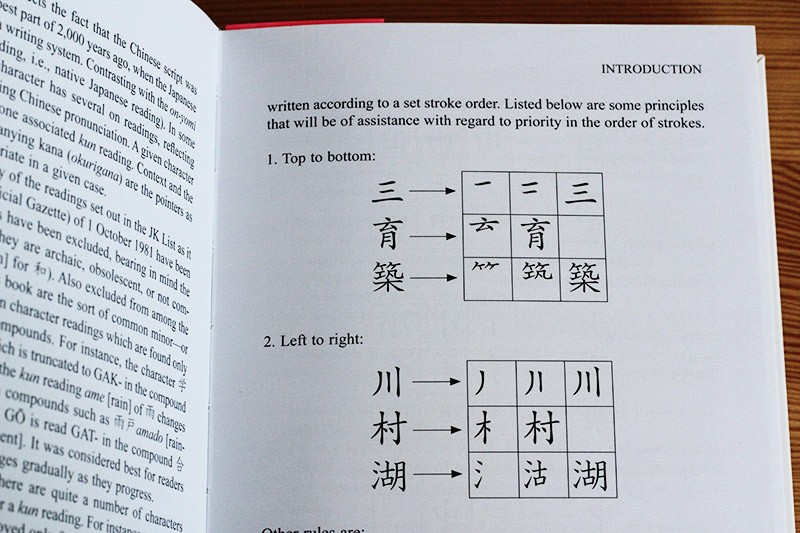Learning to read and write Japanese can seem daunting, but with the right approach, it’s an achievable and rewarding goal. This guide breaks down the essentials of the Japanese writing system, focusing on kanji, hiragana, and katakana, and provides practical tips for mastering them. Whether you’re a complete beginner or looking to improve your existing skills, this guide will provide valuable insights and resources.
Understanding the Japanese Writing System
The Japanese writing system consists of three main components: hiragana, katakana, and kanji. Each plays a distinct role in written Japanese.
- Hiragana: A phonetic script used to write native Japanese words and grammatical elements.
- Katakana: Another phonetic script primarily used to write loanwords from foreign languages (like “computer” or “coffee”) and onomatopoeia.
- Kanji: Logographic characters adopted from Chinese, each representing a word or concept.
Understanding how these three scripts work together is fundamental to reading and writing Japanese.
Hiragana and Katakana: The Foundation
Hiragana and katakana are relatively straightforward to learn. Each character represents a specific sound, making them easier to memorize than kanji.
- Learning Hiragana: Start by memorizing the basic characters and their corresponding sounds. Practice writing them repeatedly to develop muscle memory. Numerous online resources and apps can aid in this process.
- Learning Katakana: Once you’re comfortable with hiragana, move on to katakana. Many characters are similar to hiragana, making the transition smoother. Focus on learning the katakana used for common loanwords.
Mastering hiragana and katakana will allow you to read and write basic Japanese sentences and understand the phonetic structure of the language.
Kanji: Conquering the Characters
Kanji are often considered the most challenging aspect of learning Japanese writing. However, with a strategic approach, you can make significant progress.
- Start with the Basics: Begin with the Kyōiku kanji (教育漢字), the kanji taught in Japanese elementary schools. This is a graded list that introduces kanji in a systematic way. This Wikipedia article has the list available for free.
- Learn Radicals: Kanji are composed of smaller components called radicals. Understanding the meaning and function of these radicals can help you decipher the meaning of unfamiliar kanji.
- Use Mnemonics: Create memorable associations between the shape of a kanji and its meaning. This can significantly improve your recall.
- Practice Writing: Writing kanji is crucial for memorization. Pay attention to stroke order, as it affects the character’s appearance and balance.
- Learn On’yomi and Kun’yomi Readings: Kanji often have multiple readings, including on’yomi (音読み), which are based on the Chinese pronunciation, and kun’yomi (訓読み), which are native Japanese readings. Knowing both is essential for accurate reading.
Resources for Learning Japanese Reading and Writing
Numerous resources are available to support your Japanese reading and writing journey.
- Online Dictionaries: Jisho.org, Tangorin, and Jim Breen’s WWWJDIC are excellent online dictionaries that provide kanji information, example sentences, and audio pronunciations.
- Kanji Learning Apps: Apps like Anki allow you to create flashcards and practice kanji using spaced repetition, an effective memorization technique.
- Textbooks and Workbooks: Genki, Minna no Nihongo, and Remembering the Kanji are popular textbooks and workbooks that provide structured lessons and exercises.
- Native Materials: Once you’ve acquired a basic foundation, start reading manga, novels, and news articles in Japanese. This will expose you to authentic language and help you expand your vocabulary.
Practical Tips for Success
- Set Realistic Goals: Learning Japanese reading and writing takes time and effort. Set achievable goals and celebrate your progress along the way.
- Practice Regularly: Consistency is key. Dedicate time each day to practice reading and writing, even if it’s just for a few minutes.
- Find a Language Partner: Practicing with a native speaker or fellow learner can provide valuable feedback and motivation.
- Immerse Yourself: Surround yourself with the Japanese language as much as possible. Watch Japanese movies and TV shows, listen to Japanese music, and try to think in Japanese.
- Don’t Be Afraid to Make Mistakes: Everyone makes mistakes when learning a new language. Don’t let them discourage you. Learn from them and keep practicing.
Conclusion
Learning to read and write Japanese is a challenging but rewarding journey. By understanding the Japanese writing system, utilizing effective learning resources, and practicing consistently, you can achieve your goals and unlock a deeper appreciation for Japanese language and culture. Start with hiragana and katakana, then tackle kanji methodically. Remember to use online resources, practice writing, and immerse yourself in the language. Good luck, and enjoy the process!
